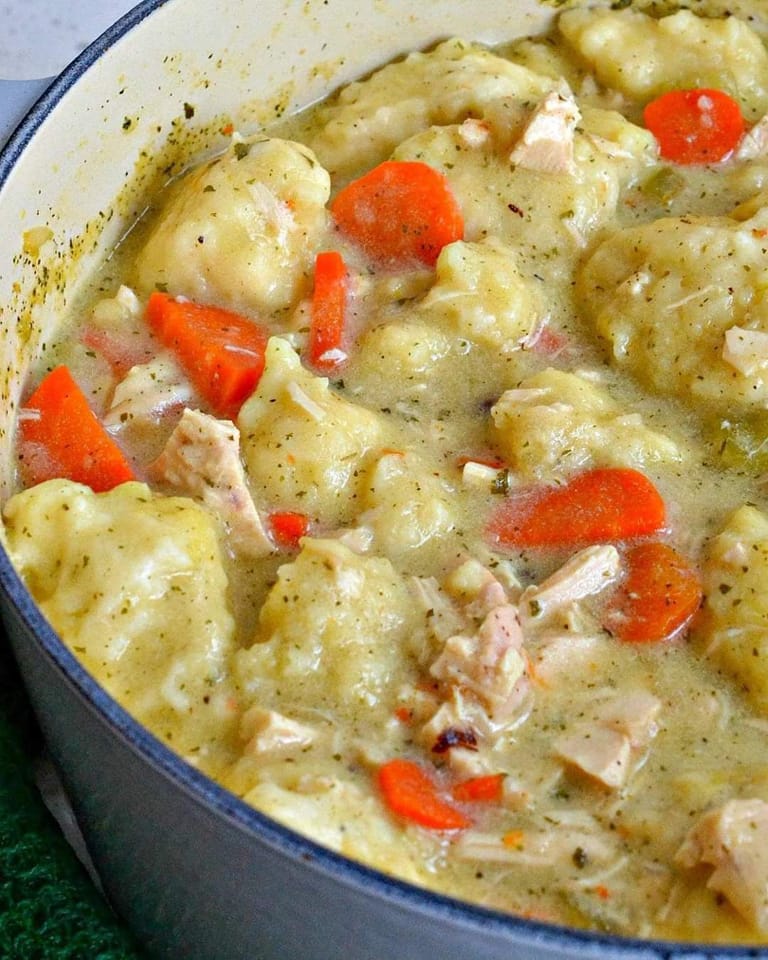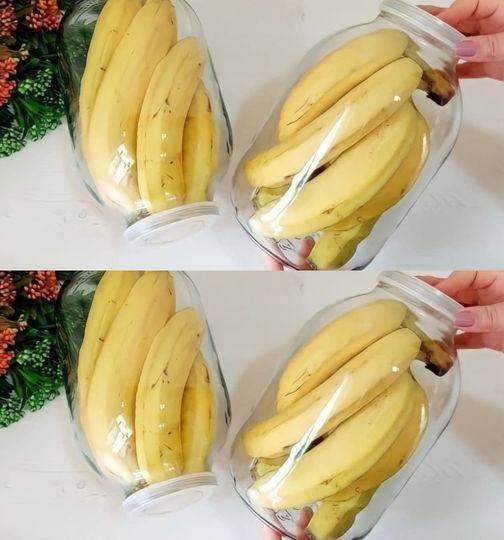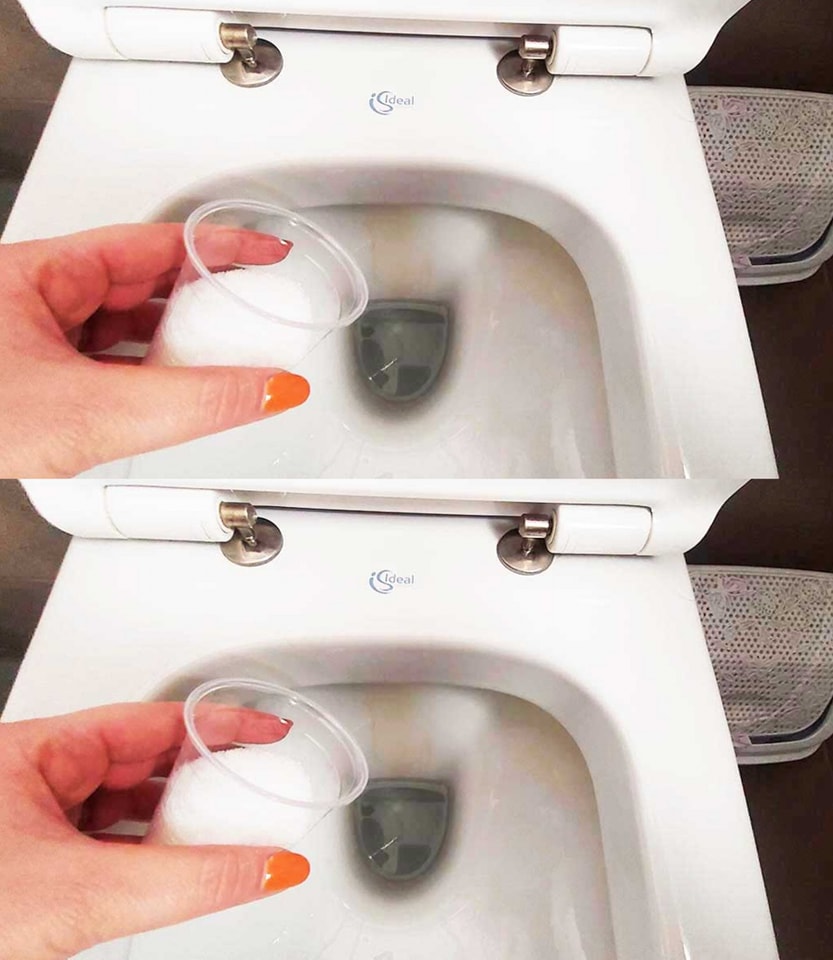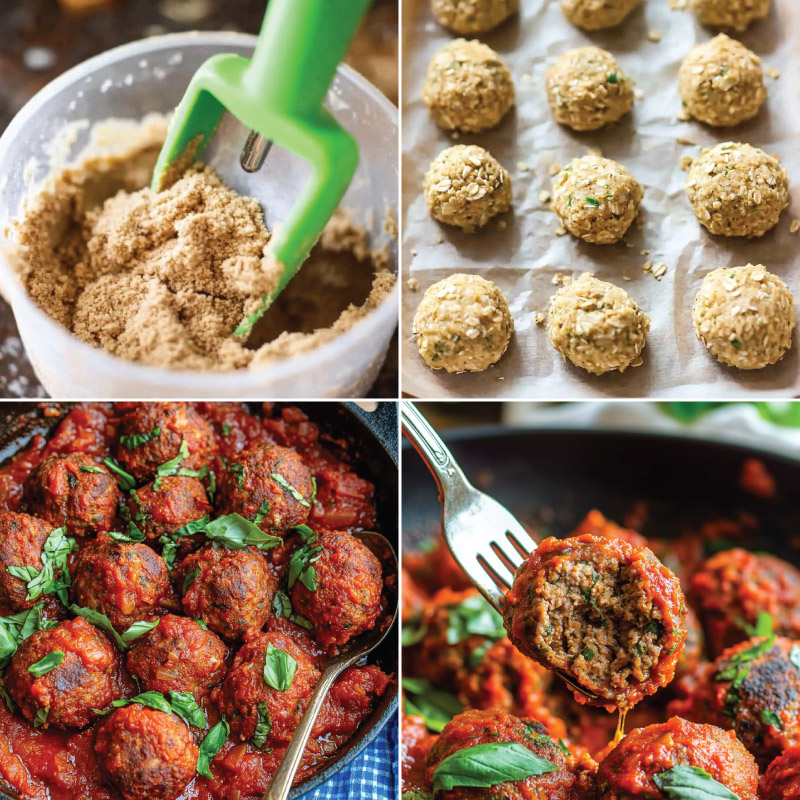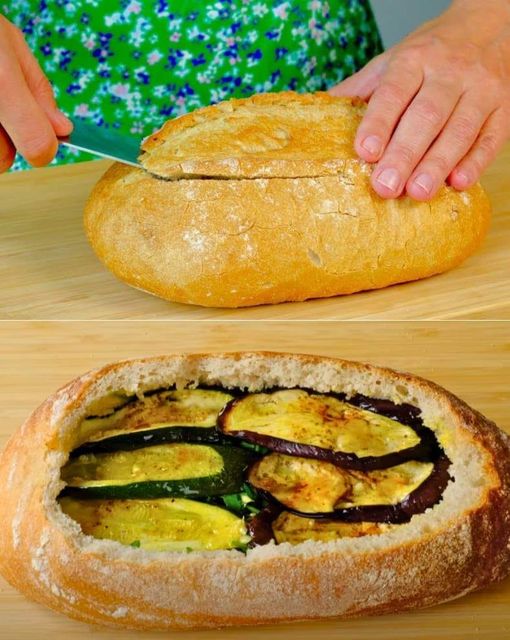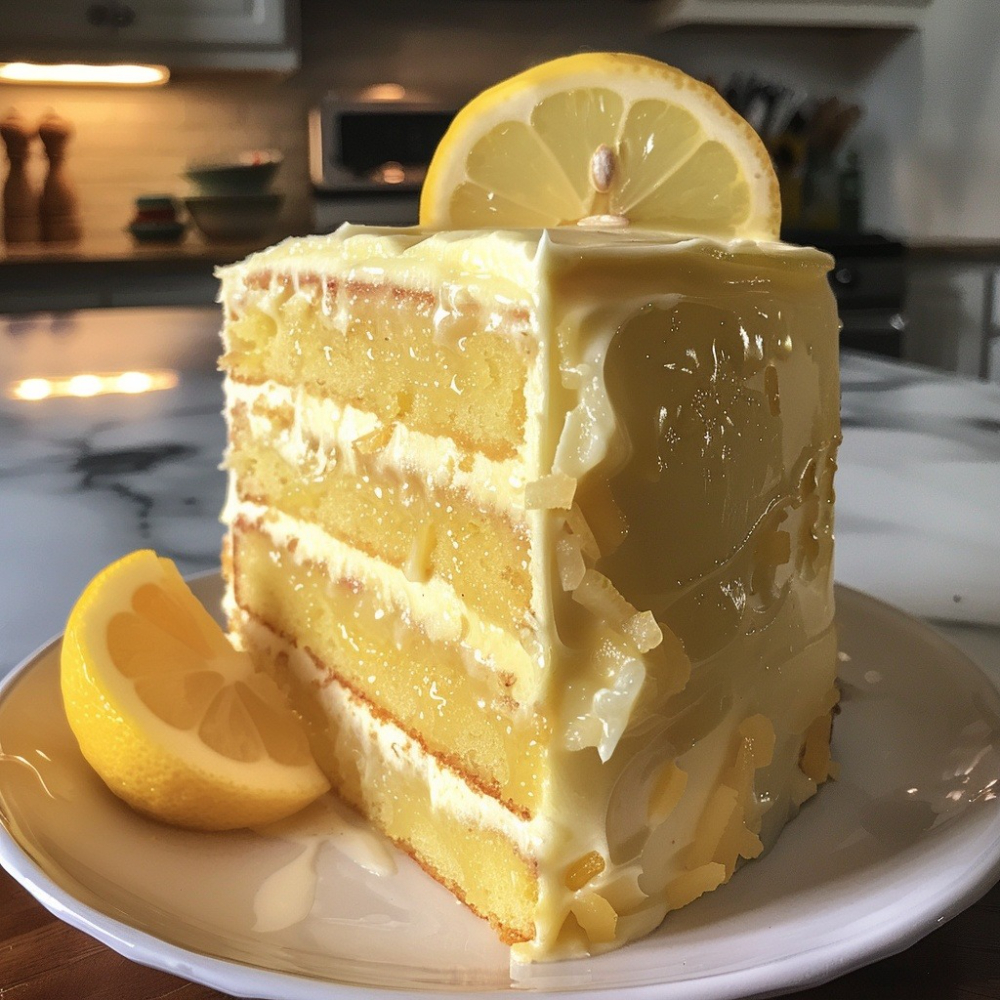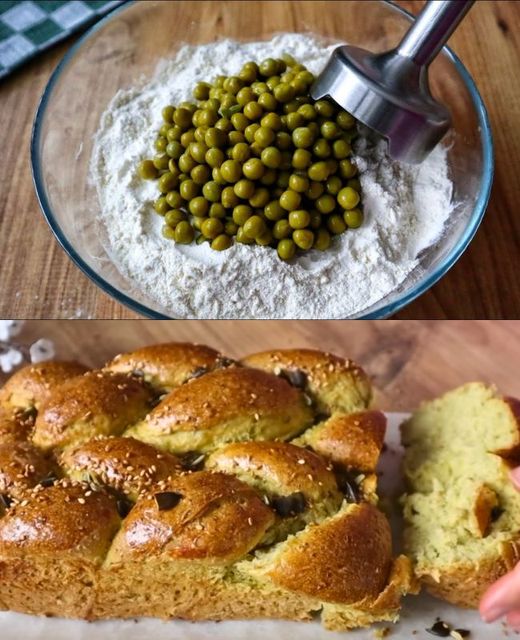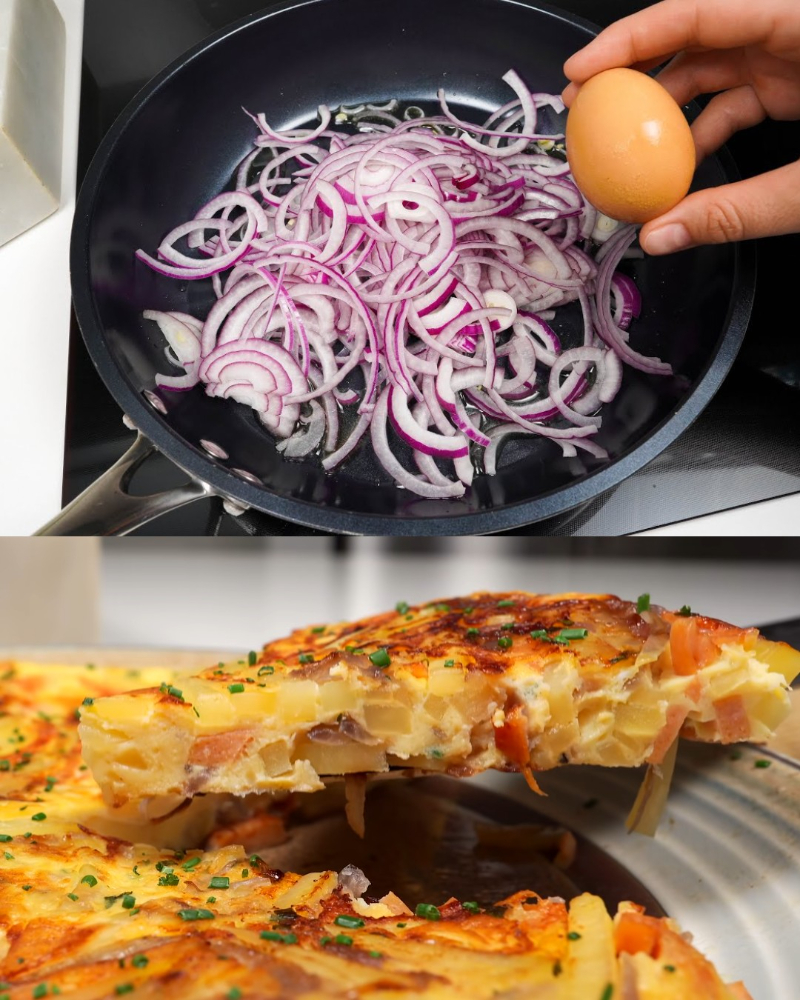Quick Homemade Bread (Page 2 ) | April 25, 2024
Annonce:
Ingredients:
Bread or all-purpose flour: 450g (approximately 3.5 cups)
Quick yeast: 24 milliliters (about 2 tablespoons)
Warm water: 1.5 cups (110-115 degrees Fahrenheit)
Optional: 1/4 cup honey
Salt: 1/2 teaspoon
Instructions:
In a bowl, combine the warm water, yeast, and optional honey. Stir well and let it rest for 5 minutes, covered with a damp cloth.
In a large mixing bowl, combine the flour, salt, and the yeast mixture. Mix until well combined.
Knead the dough for 2-3 minutes until it becomes smooth. If the dough is sticky, dampen your hands slightly to prevent sticking.
Place the dough in a warm spot, like a turned-off microwave, and let it rise for 2 hours.
After 2 hours, perform a series of stretch and folds on the dough every 30 minutes.
On a lightly floured surface, shape the dough into a ball and place it in a proofing basket or a bowl. Allow it to rise for another hour while preheating your oven or Dutch oven.
Preheat your oven to 450 degrees Fahrenheit. If using a Dutch oven, heat it for 30 minutes prior to baking.
Just before baking, score the top of the bread with a sharp knife.
Place the dough (on parchment paper, if using) into the preheated Dutch oven or on a baking sheet.
For a crispy crust, add an ice cube to the bottom of the Dutch oven to create steam. Bake with the lid on for 30 minutes, then remove the lid and bake for an additional 15 minutes.
Once baked, allow the bread to cool slightly before slicing and enjoying!
Advertisement:
Next: My Louisiana neighbor shared this with me. It’s been on repeat since!
READ IT!
Thanks for your SHARES!
Advertisement:
Chicken and Dumpling Soup
Bananas won’t spoil in just a few days; with this method, they can stay fresh for up to two years!
black jungle cake
HOW TO REMOVE YELLOW LIMESCALE STAINS FROM THE TOILET WITH NATURAL REMEDIES
This girl has not cut her hair for 20 years and has got a huge hair, over 8ft long! It’s amazing how much shampoo she consumes when she washes her hair
Creamy Nutter Butter Peanut Butter Pie
Crooked-Smiled Stray Kitten Grins Brightly With A Second Chance At Life
BEST STEAK
The Intriguing Riddle: Unlocking Its Secrets
